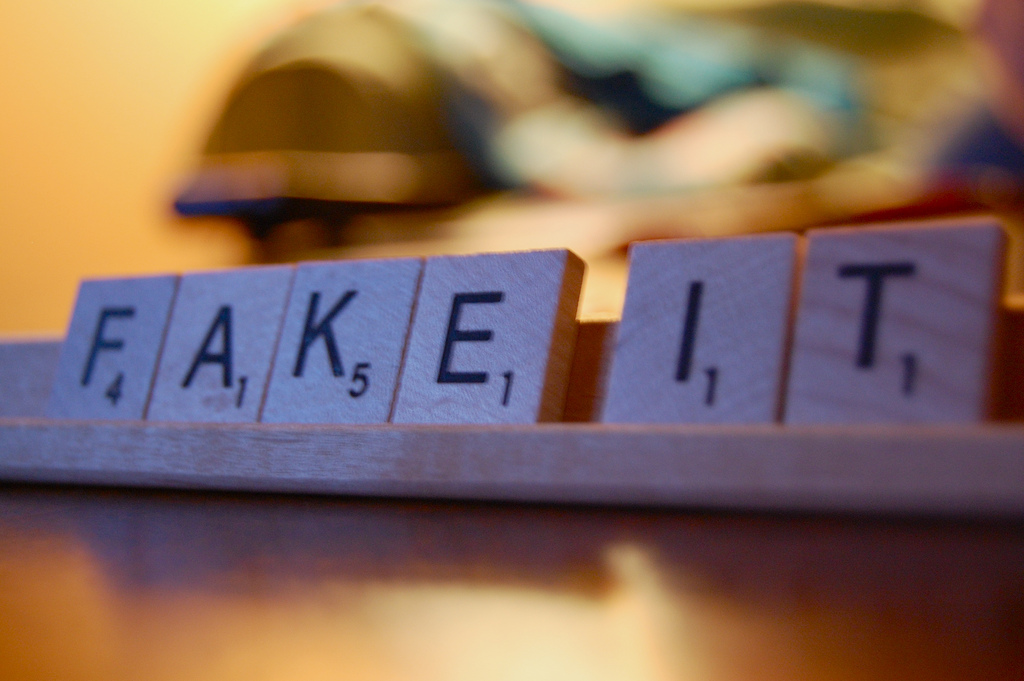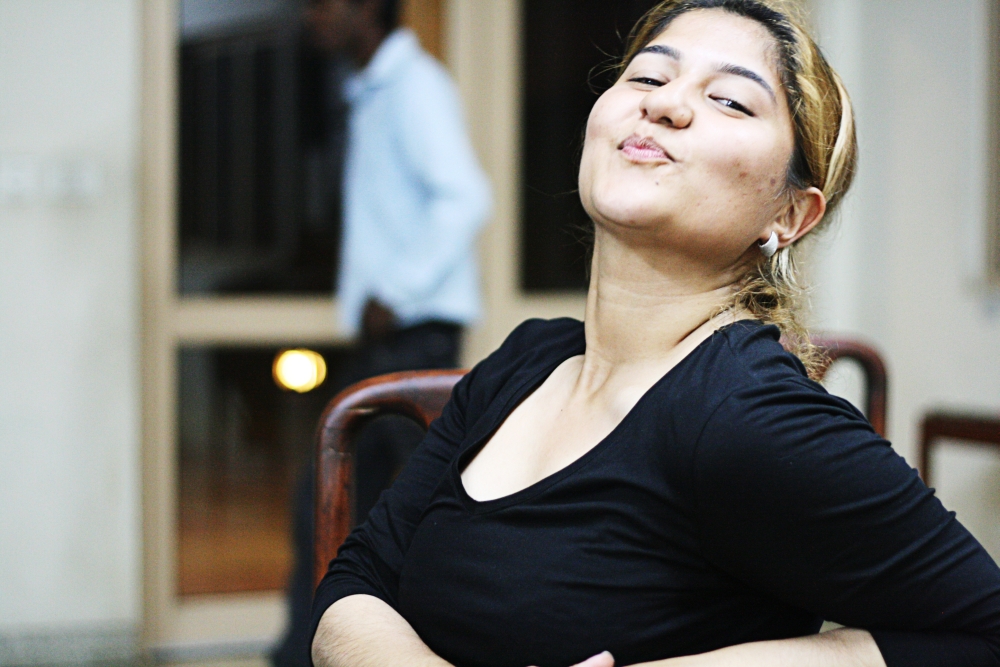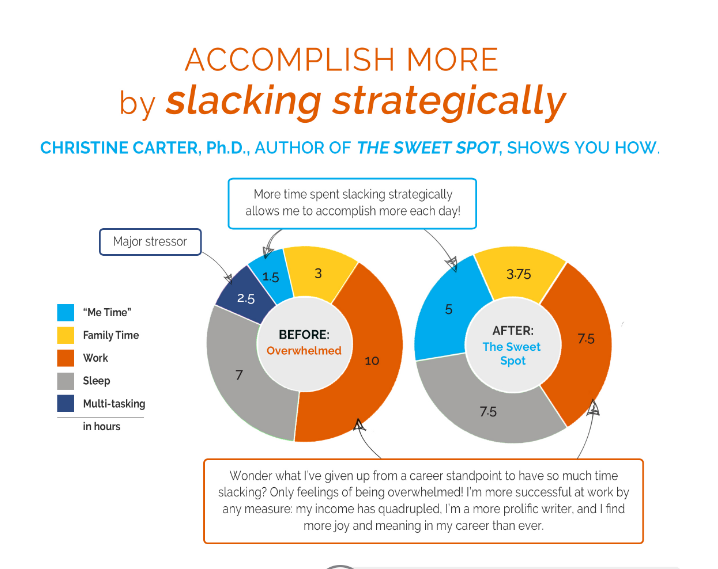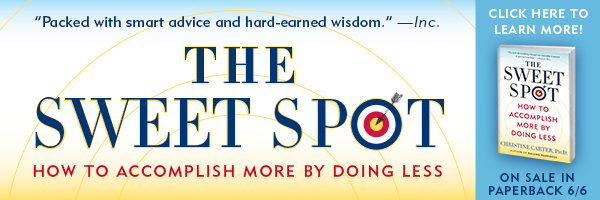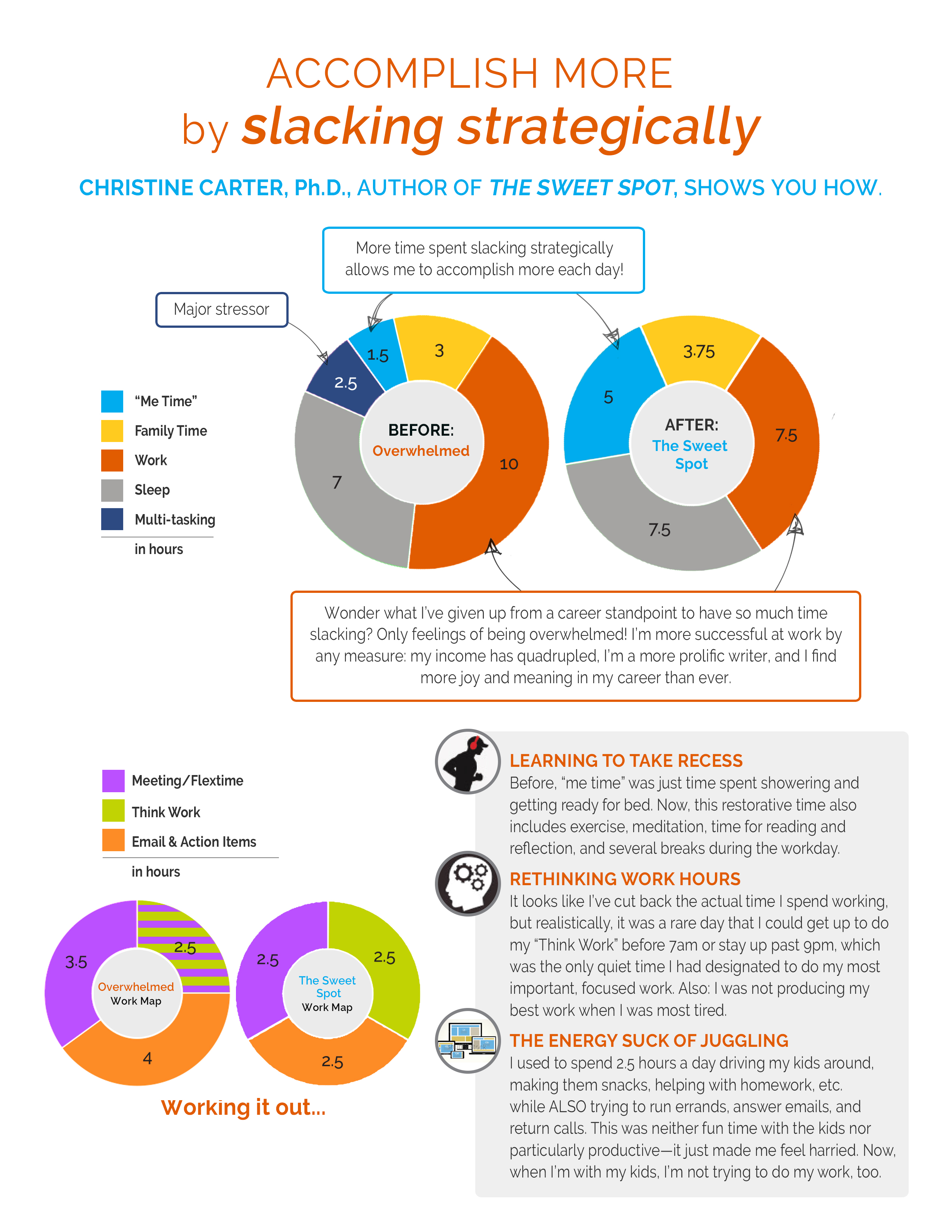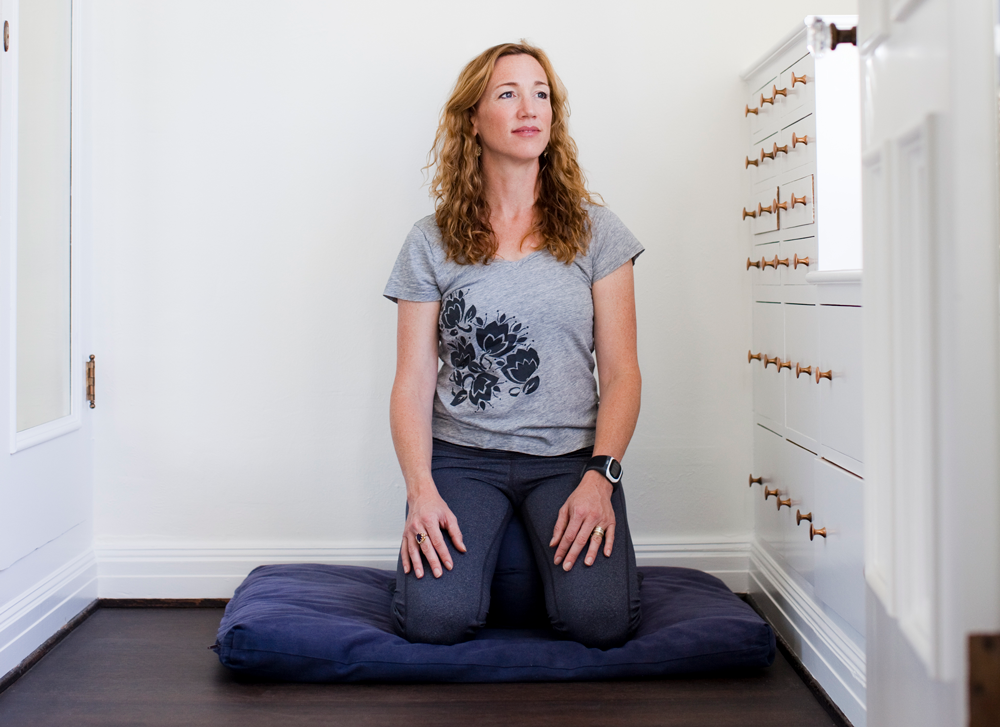People seem to be taking issue with my claim that happiness comes when we live with total integrity—when we stop people-pleasing and start living more authentically.
I understand entirely why a lot of people fear the sort of transparency and honesty I’m advocating. We are clannish beings, with nervous systems that evolved to profoundly fear being rejected by our tribe. Acceptance can feel like everything, and for some people, it can be a matter of survival.
At the same time, for most of us, it is far better in the long run to be ourselves and risk having people not like us than to suffer the stress and tension that comes from pretending to be someone we’re not.
Does this mean, though, that we always say what we’re thinking? Sometimes it’s simply not safe, or smart, to do that. As one commenter recently mused:
Is there anyone reading this who has not had an interaction with a law enforcement officer for at least a minor traffic issue? a tail light out? a parking ticket? And during such an interaction, is telling that officer that you resent being stopped because you believe s/he hasn’t met their quota of fines for the month a wise idea? Or if taking a ticket to court, is it wise to tell the judge you think s/he is a fool? You might think that—but saying so may lead to needing a good attorney.
Granted, a traffic stop is a racial flashpoint and a huge public issue. For some people, a run-in like this one could be lethal, especially if they were to express hostility—however authentic that might be. But there is an enormous difference between living your truth and always saying what’s on your mind. I don’t think that it’s necessary, or even a good idea, in instances like this one to “speak your truth.”
Nor do you need to pretend to be happy about the situation. Being pulled over can be extremely stressful (even life-threatening) and pretending that it isn’t will simply ratchet up your fear response, which is not a good thing. Inauthenticity—in this case, actively pretending to be happy when you’re terrified—tends to increase the fight-or-flight response in both people, and in that way could actually make a scary situation more dangerous.
But it’s entirely possible to internally acknowledge your feelings, while remaining quiet or emotionally unexpressive to those around you.
This is where it gets tricky again. Say you are feeling afraid; is it best to indulge your fear? Even if you don’t tell the officer how frightened you are—or even if you don’t pretend to be happy about the situation—how does one behave authentically in this situation? If you are resentful, is it best to be transparent about your resentment? Should resentment dictate your behavior?
Often this is the way it works: Something happens—or we have a thought or memory—that triggers an emotion. In turn, that emotion triggers behavior.
Sometimes, the behavior is repression—the act of pretending that we aren’t feeling what we actually are feeling. Or an emotion triggers a numbing behavior, so that we don’t really feel something, as when we start to feel bored or anxious and we immediately check our phones. (This doesn’t work, by the way; physiologically our emotions get bigger when we stuff them down. But let’s leave that for another post.)
Emotions trigger loads of behaviors. They may cause us to hug someone we love, or lash out when we feel angry.
So again: If we are trying to live with total integrity, if we are attempting to “live our truth,” does that mean always acting on our feelings?
Again, I don’t think so. Why? Because often it simply isn’t effective. It won’t necessarily make us feel less stressed or more honest. In the same way that we don’t always need to say out loud everything that is on our mind, we don’t need to act on our every emotional impulse. We need to be aware of what we’re feeling, for sure, but we don’t always need to act in the ways that our emotions would dictate.
It can be even more effective to “act as-if” we are already feeling something else. Before you write me off as contradicting myself entirely, hear me out.
Just as emotions tend to trigger behaviors, behavior can also trigger emotion. Think about the wise (and almost cliched) advice to “take some deep breaths” when you are feeling stressed. A particular behavior can help to create a different emotional state than you may be feeling initially. We often think of this as the “fake it ‘til you make it” path to happiness.
There is a catch here, which gets confusing. “Faking it” only works when we aren’t pretending or performing. Consciously faking a smile, for example, to cover negative emotions (what researchers call “surface acting”) tends to increase our distress. This kind of toxic inauthenticity is corrosive to our health (especially our cardiovascular system), and it damages our relationships with others. It also makes it hard for us to access our intuitive or visceral intelligence.
Suppressing or numbing our emotions doesn’t work the way we often want it to. UNLESS—and here is the trick—we consciously foster the emotions that we want to feel in our lives. This is what researchers call “deep acting.”
Deep acting is when we genuinely work to foster specific feelings. When we make an effort to cultivate real happiness, gratitude, hope, and other positive emotions in our lives, we can dramatically increase our well-being—authentically.
Deep acting is what this commenter is asking about:
I’m wondering…if you would suggest that the idea of “acting as-if” for treatment would never work? I suggest the use of breathing, self-imagery, posture…to feel better and improve relationships.
When we are talking about the types of research-tested behaviors this commenter suggests, “acting as-if” can be quite different than pretending to feel something that we don’t.
Here’s the difference: Pretending is about hiding or denying our emotions, while “deep acting,” or “acting as-if” is about proactively fostering emotions, starting with an action or behavior.
It’s a fine line, to be sure. We sometimes become pretty invested in our false selves, in the “representative,” as Glennon Doyle Melton calls it, that we send out into the world instead of showing up fully and authentically as ourselves. We create representatives to protect ourselves, often in response to unstable or abusive situations.
Sometimes, we aren’t yet able to separate our false selves from our real ones. We want to defend the important representative that has worked so hard for us for so long. And that’s okay…so long as we can see where our representative is holding us back, and that it is, of course, the truth that will eventually set us free.
This month in my coaching program, we’re focusing on how to live with total integrity.
It’s only $20 to join our live coaching calls, thriving online community, and online resources. We’ll talk about how we often need to muster considerable courage to lead our most authentic lives—and work together on just how to do that. Learn more or enroll now.

